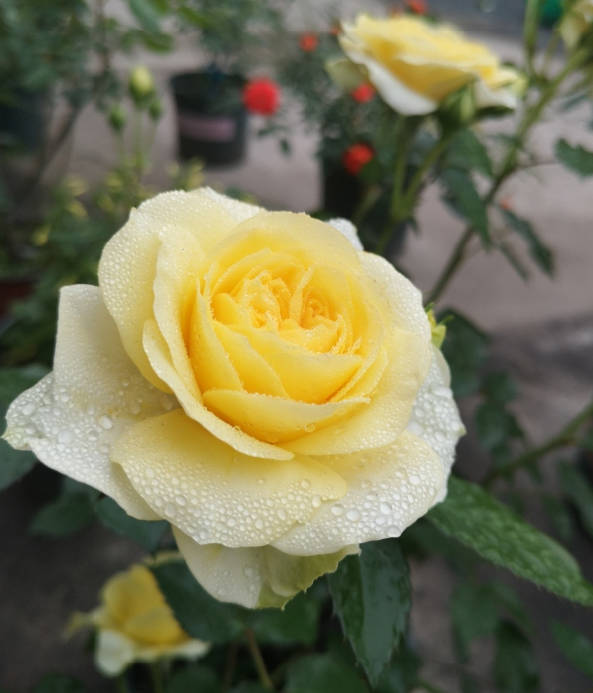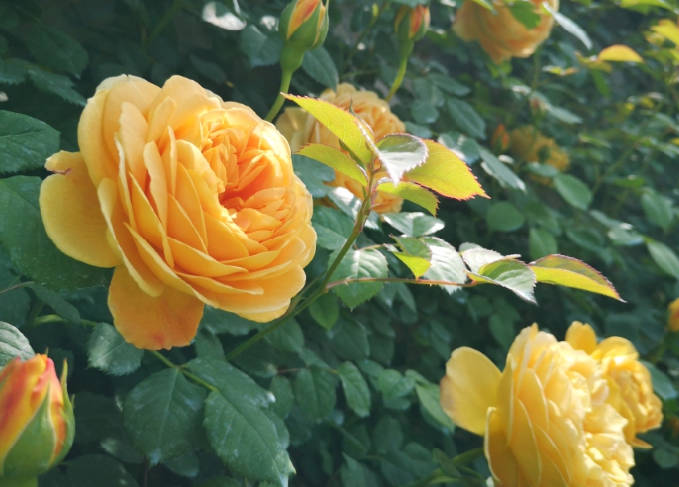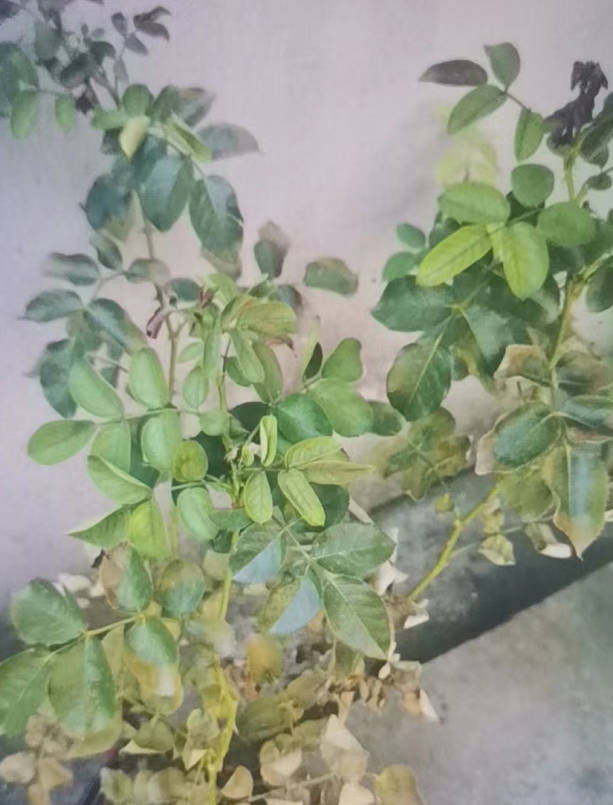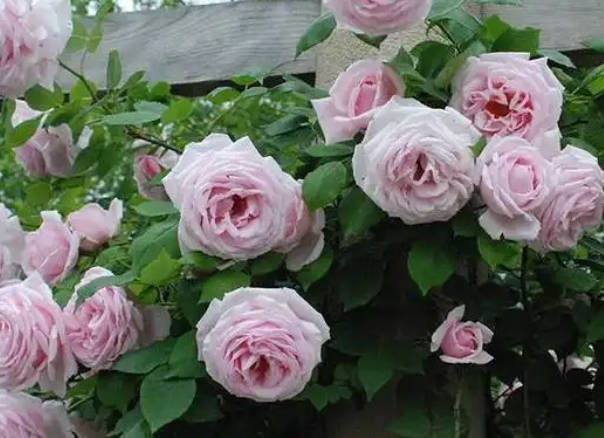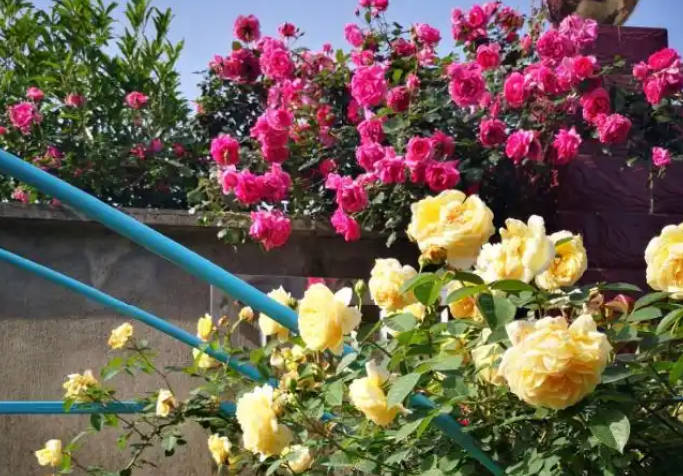Why Potted Roses Die in Summer: 3 Hidden Causes & Fixes
Yesterday, a gardening enthusiast brought up an issue: his potted roses were thriving, but after a summer, they had almost all withered. This left him puzzled. Today, we will explore the underlying reasons.
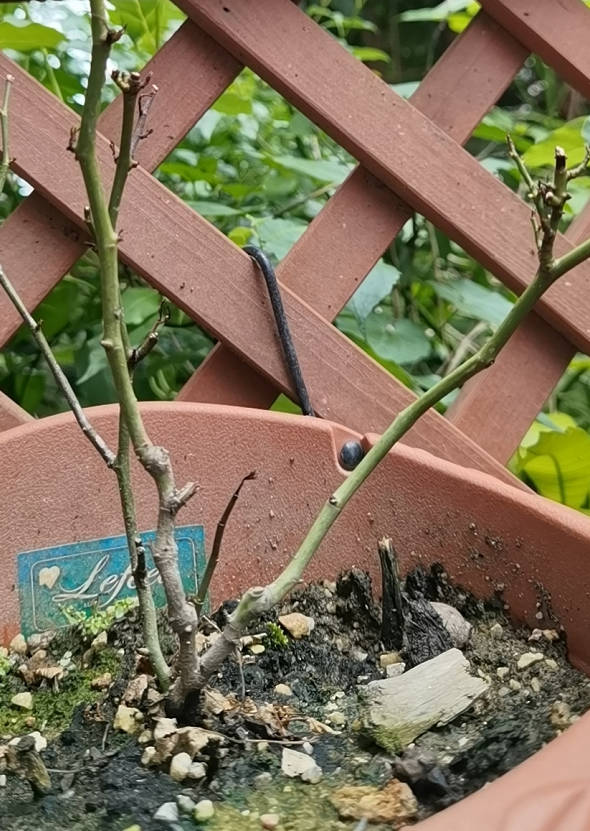
The key to potted plant care: details make all the difference
During potted plant care, the weakening or even death of many plants often stems from small details that are easily overlooked. For example, do you also have the habit of placing a water tray at the bottom of the flower pot?
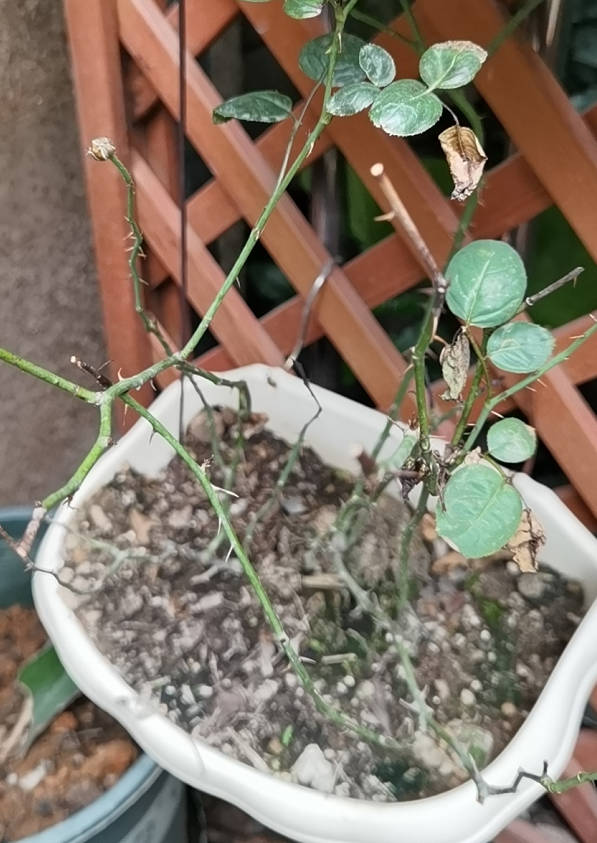
The potential risks of trays: waterlogging and root rot
The dual nature of trays
Trays do help keep the environment clean and prevent soil and water from spilling out during watering. However, if used improperly, they can also become an “invisible killer” causing root rot in roses.
Differences in Pot Bottom Design
- The Wisdom of Orchid Pots: 90% of orchid pots have “feet” that keep the pot bottom elevated from the tray. This design increases local humidity while preventing the soil from directly contacting the water in the tray.
- Issues with standard gallon pots: Common gallon pots have flat bottoms, and when used with a tray, the pot bottom is directly submerged in standing water. The soil continuously absorbs water from the tray, leading to over-moisture, oxygen deprivation, and ultimately root rot.
Case Study
The rose wilting mentioned at the beginning was primarily caused by water accumulation in the tray. As seen in the photo, the potting soil remained consistently moist, with water always lingering in the tray.
Proper use of trays
Avoid using trays outdoors whenever possible
- During the rainy season or in open-air environments prone to water accumulation, it is recommended to remove the tray. If use is necessary, immediately drain any accumulated water after watering.
Promptly clean the tray after watering indoors
When growing flowers on a balcony, the tray can be kept clean, but note the following:
- Water thoroughly to avoid stopping watering once water begins to drain from the tray, which may result in insufficient watering.
- Check and drain any remaining water from the tray 30 minutes after watering.
A handy tip for elevating flower pots
Use a 5cm-high stand (such as a cut-off water pipe) to elevate the flower pot, preventing the pot bottom from contacting standing water. This allows for water collection while also increasing humidity through evaporation.
Reminder: Don’t wait until the plant wilts to regret it! Attention to detail is key to the health of potted plants.
Another major summer killer: slow-release fertilizer damage
In addition to standing water, another common cause of mass wilting in summer roses is slow-release fertilizer damage. High temperatures accelerate the release of slow-release fertilizer, causing nutrient concentrations to spike and burn the root system.
How to identify fertilizer damage?
- The edges of the leaves are scorched, but no quick-release fertilizer has been used recently.
- The plant gradually weakens and turns yellow, which is especially fatal when accompanied by high temperatures and standing water.
Summer fertilization recommendations
- Avoid using slow-release fertilizers and switch to diluted water-soluble fertilizers.
- For specific methods, refer to the fertilization section in “How to Grow Roses from Scratch.”
